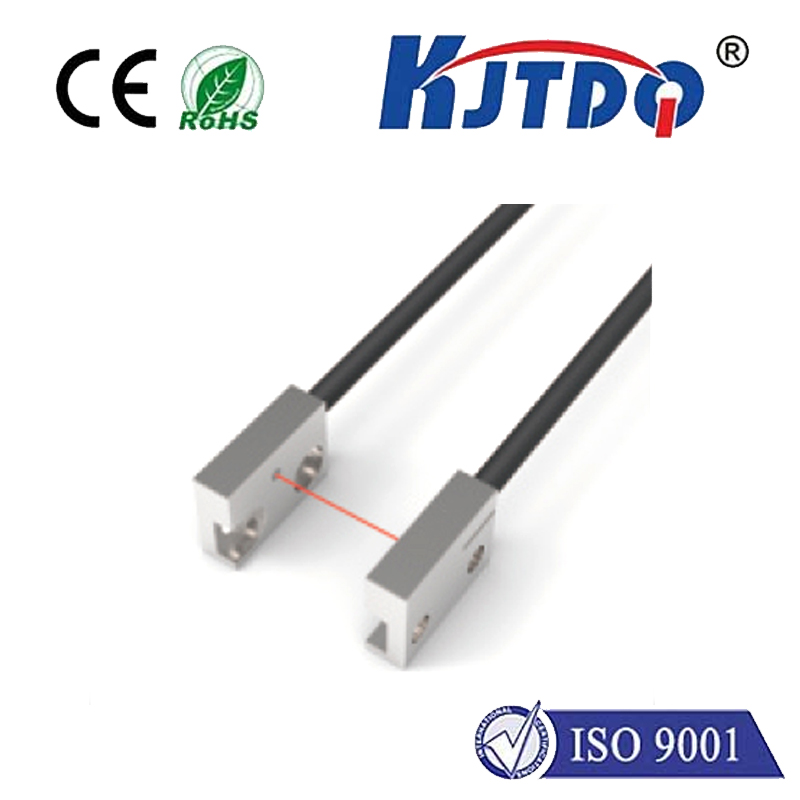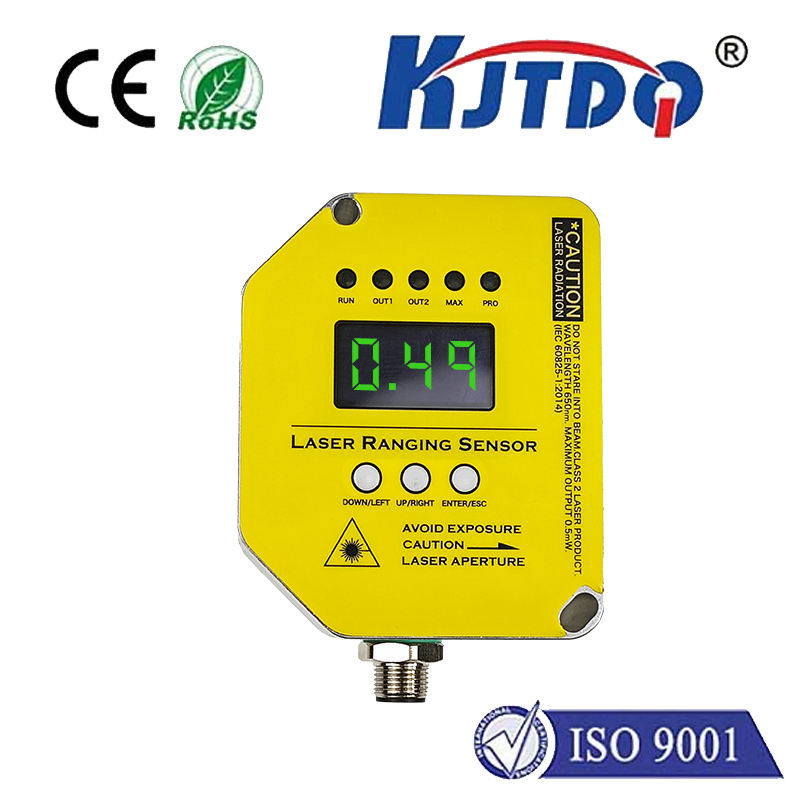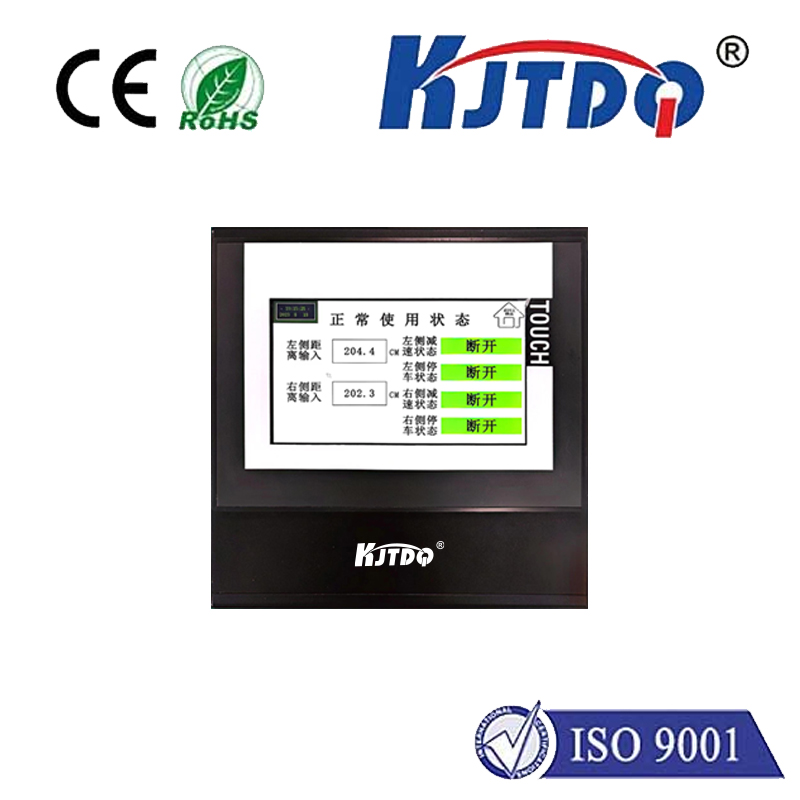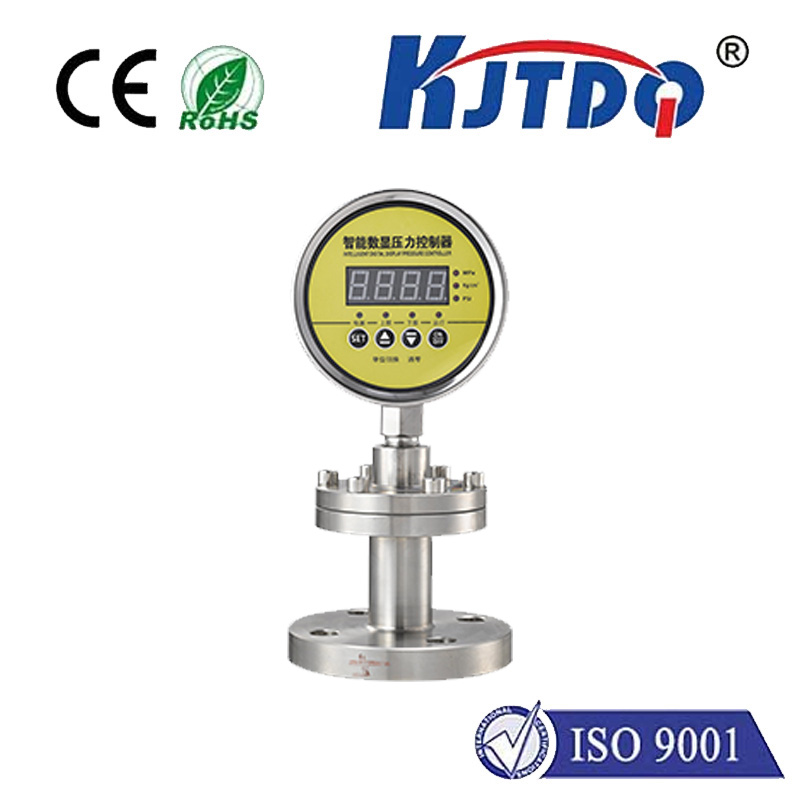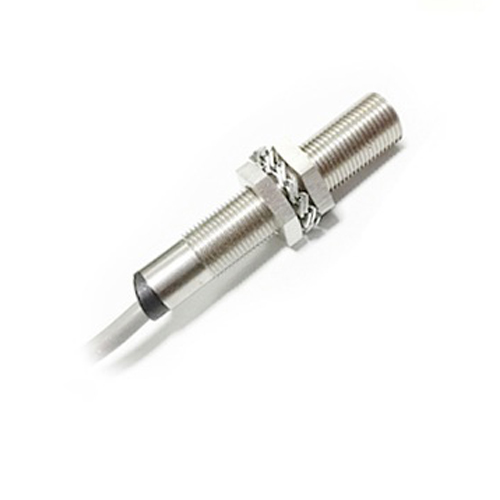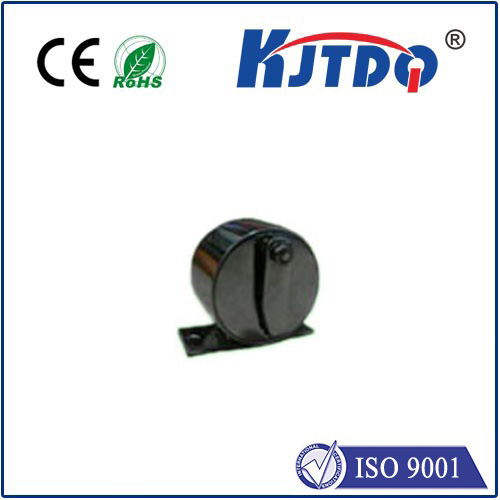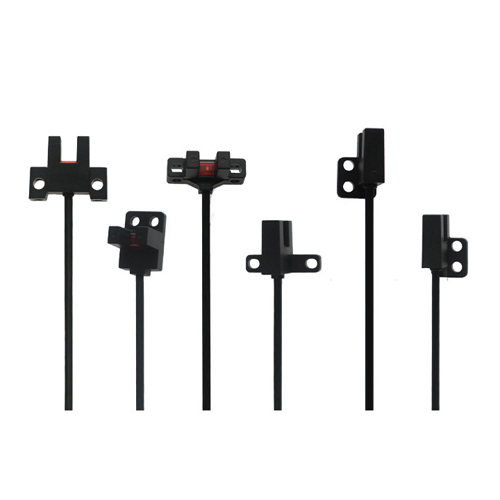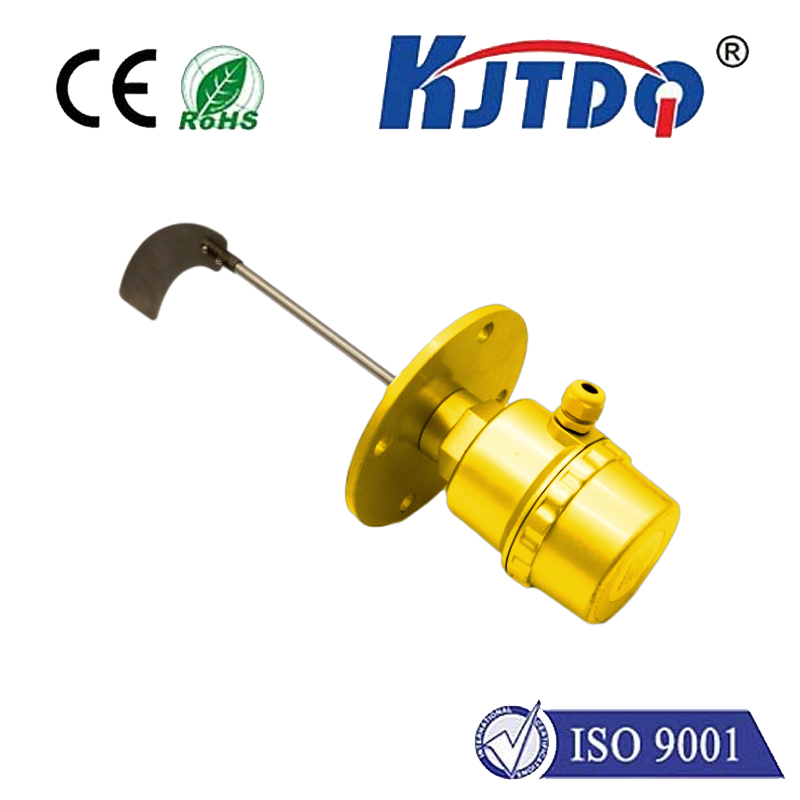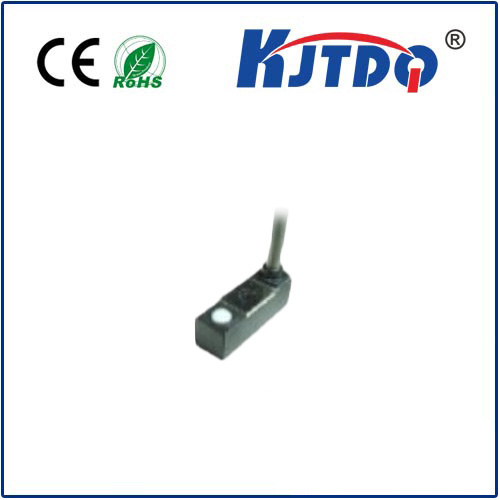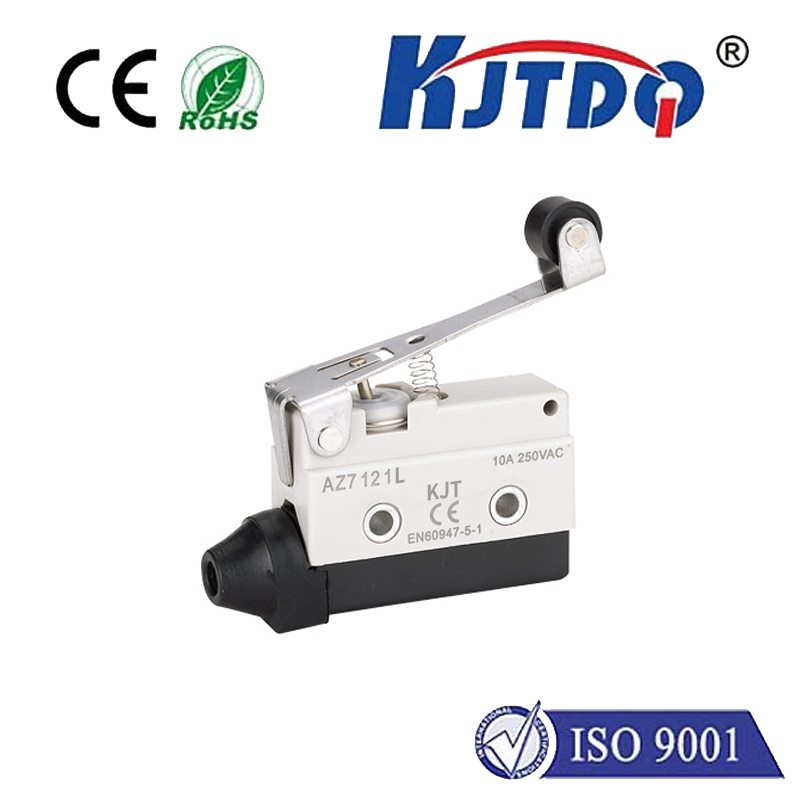Переключатель ограничения панели
- time:2025-08-07 03:01:44
- Нажмите:0
What is a Panel Limit Switch? Your Essential Guide to Reliable Positioning and Safety
Imagine a robotic arm smoothly gliding towards its workstation, only to slam violently into an unseen barrier because it didn’t know to stop. Or picture automated sliding doors failing to halt, posing a serious crushing hazard. These scenarios highlight the critical need for precise position control and safety interlocks in machinery. Enter the Panel Limit Switch – a deceptively simple yet fundamentally vital component silently orchestrating safe and reliable movement in countless automated systems. Far more than just an on/off button, it’s a sentinel guarding against overtravel and ensuring components move only where and when they’re supposed to.
Understanding the Core Function
At its essence, a Panel Limit Switch is a specialized type of электромеханический ограничитель. Its primary function is to detect the presence or absence of a moving panel, door, guard, or similar component within a predefined position. When the panel reaches the switch’s actuator (the part physically contacted), it triggers the switch’s internal contacts to change state. This change – typically opening or closing an electrical circuit – sends a crucial signal to the machine’s control system.
This signal can serve two primary, often interrelated, purposes:

- Position Confirmation: Signaling that the panel has reached its intended endpoint (e.g., “Door fully closed,” “Guard securely in place,” “Component at Home Position”).
- Safety Interlocking: Preventing machine operation if a safety-critical panel (like a guard door) is not in its fully secured position. This is paramount for operator safety, ensuring hazardous movements cannot occur while access is possible.
Key Components and Operation
While designs vary, the core elements of a typical Переключатель ограничения панели include:
- Housing: Protects the internal mechanism, often ruggedized for demanding industrial environments (resistant to dust, moisture, vibration, impact).
- Actuator: The physical interface contacted by the moving panel. Common types for panel applications include:
- Plunger/Push Rod: Activated by direct linear pressure from the panel.
- Lever Arm: Activated by a pivoting motion as the panel sweeps past or pushes against it. Rollers on the lever end reduce wear.
- Hinged Lever: Similar to a lever arm but often used where the panel pushes the actuator from the side.
- Electrical Contacts: Sealed internal switches (like snap-action microswitches) that change state reliably when the actuator is depressed/released. These contacts control the signal circuit.
- Terminals: Connection points for wiring the switch into the control or safety circuit.
- Mounting: Flanges, brackets, or threaded bodies for secure attachment near the panel’s travel path.
The operation is elegantly simple: As the moving panel reaches its designated position, it physically engages the switch’s actuator. This mechanical force overcomes a spring mechanism inside the switch, causing the electrical contacts to snap open (Normally Closed - NC) or snap closed (Normally Open - NO). This change in the circuit state is instantly detected by the PLC (Programmable Logic Controller) or safety relay, initiating the programmed action (e.g., enabling machine cycle, stopping motion, triggering an alarm).
Where Panel Limit Switches Shine: Diverse Applications
The Переключатель ограничения панели is ubiquitous across industries due to its reliability and affordability. Key applications include:
- Machine Guarding: Crucially, confirming that interlocks, safety doors, and access panels are securely closed and latched before potentially dangerous machine motion is allowed. Failure here can have catastrophic consequences.
- Перевозка материалов: Detecting the open/closed status of hopper doors, chute gates, diverters, and conveyor access panels.
- Packaging Machinery: Verifying the position of product guides, filler heads, case erectors, and sealing mechanisms.
- Robotics & Automation: Defining precise endpoints for robotic arms handling panels or confirming fixture positions. Ensuring tool changers are correctly seated.
- HVAC Systems: Monitoring damper positions and access panels for maintenance within large air handling units.
- Elevators & Escalators: Confirming the closed position of hoistway doors before movement can commence.
- Solar Tracking Systems: Detecting the stow position of solar panels for storm protection.
- Automotive Assembly: Verifying hood/trunk/bonnet positions during testing or confirming access panels are closed on production lines.
The Undeniable Advantages
Why choose a mechanical Переключатель ограничения панели over other sensors? Their enduring popularity stems from several compelling benefits:
- Robustness & Reliability: Engineered for harsh environments, offering excellent resistance to shock, vibration, contaminants, and wide temperature ranges. Their physical actuation is less susceptible to certain types of interference common to proximity sensors.
- High Current Capacity: Many models can directly switch higher currents (e.g., motors, solenoids, pilot lights) without needing an intermediary relay, simplifying circuitry.
- Positive Position Detection: Provides a definitive mechanical confirmation of the panel’s physical presence at the switch point. There’s no ambiguity as with some non-contact sensors sensing proximity instead of actual position.
- Audiovisual Confirmation: The distinct “click” sound and tactile feel of the switch actuating provide immediate operator feedback.
- Simplicity & Cost-Effectiveness: Generally easy to understand, install, maintain, and troubleshoot. They represent a very cost-efficient solution for position verification and safety interlocking.
- Direct Wiring: Simple NO/NC contacts integrate easily into traditional relay logic and modern PLC input modules.
- Visual Status: Often includes a visual indicator flag to show the actuator’s state at a glance.
Selecting the Right Panel Limit Switch: Key Considerations
Not all panel limit switches are created equal. Choosing the optimal one requires careful evaluation:
- Environmental Conditions: Crucial factors include the level of dust (IP rating), moisture (IP or NEMA rating), temperature extremes, corrosive chemicals, and potential for physical impact. Panel limit switches are available in ruggedized enclosures like metal or high-impact plastic.
- Actuator Type: Select based on the panel’s movement (linear push, sweeping motion) and the required force/deflection. Roller levers are excellent for sliding panels; plungers suit direct linear pressure.
- Electrical Rating: Match the switch contact ratings (voltage, AC/DC, current) precisely to the load it will control. Overloading contacts drastically reduces lifespan. Pay close attention to whether it controls power circuits (higher amp ratings needed) or only low-voltage PLC signals.
- Contact Configuration: Determine if you need Normally Open (NO), Normally Closed (NC), or a combination (changeover/SPDT) contacts based on circuit logic (e.g., safety circuits often require NC contacts wired to a safe state when not actuated). Redundant contacts might be necessary for higher safety levels (e.g., dual-channel).
- Mounting Style & Size: Ensure the switch fits the available space and can be securely mounted where the panel will reliably engage the actuator at the precise intended position.
- Operational Life Expectancy: Consider the required mechanical endurance (number of actuations). High-cycle applications demand switches designed for millions of operations.
- **

